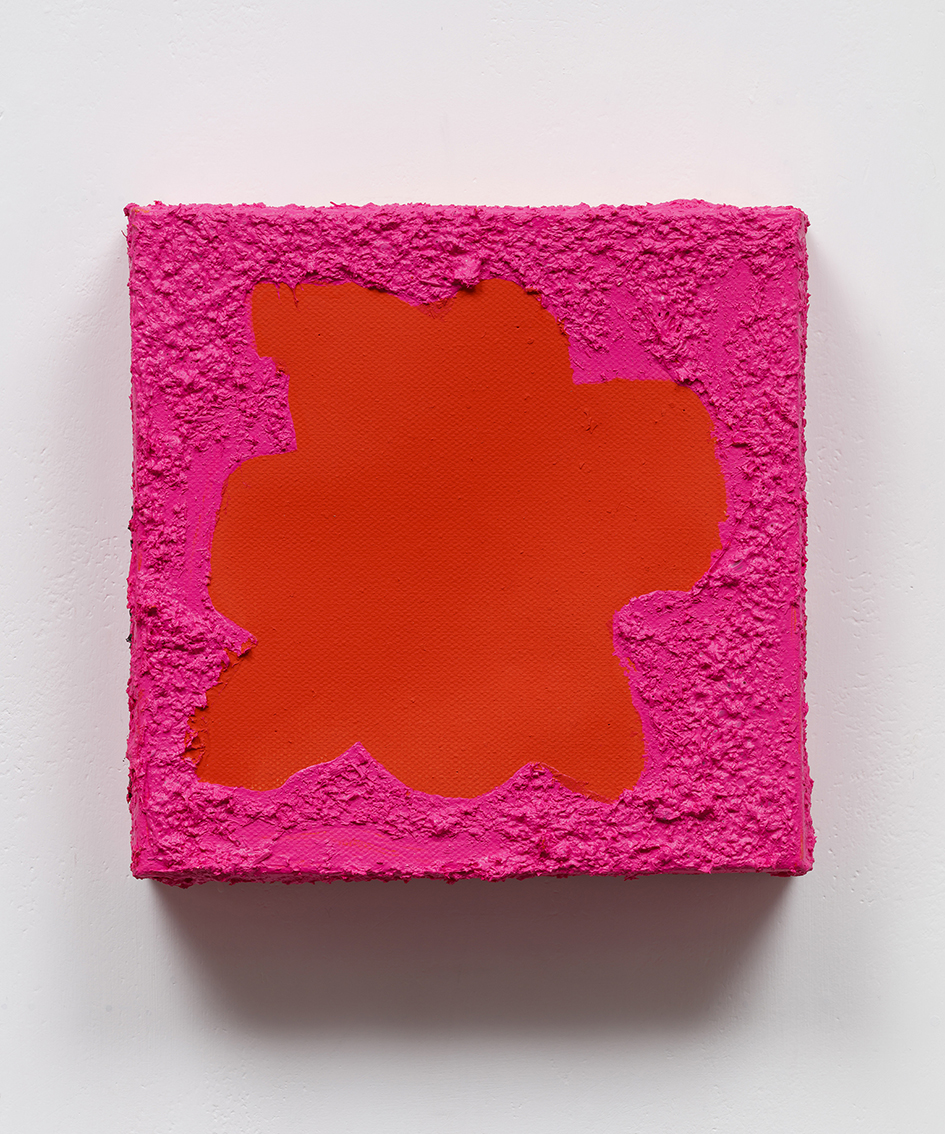|
●★ Claude Debussy : Arabesque I. II ~ Claire de Lune ~ Preludes I. II ★●
Arabesque I Arabesque II Claire de Lune Preludes I.II
● C. Debussy Préludes● Claude Debussy's Préludes are two sets of pieces for solo piano. They are divided into two separate livres, or books, of twelve preludes each. Unlike previous collections of preludes, such as those of J.S. Bach and Chopin, Debussy's do not follow a strict pattern of key signatures. Each book was written in a matter of months, at an unusually fast pace for Debussy. Book one was written between December 1909 and February 1910, and book two between the last months of 1912 and early April 1913. ● Pieces
Two of the titles were set in quotation marks by Debussy because they are, in fact, quotations: «Les sons et les parfums tournent dans l'air du soir» is from Charles Baudelaire's poem Harmonie du soir ("Evening Harmony"). «Les fées sont d'exquises danseuses» is from J. M. Barrie's book Peter Pan in Kensington Gardens, which Debussy's daughter had received as a gift.
● Performance practiceThere is no proof that Debussy necessarily intended the preludes to be performed as a cycle, although the musical language throughout each book is so consistent that performers often do so. An important precedent was set on 3 May 1911 by the pianist Jane Mortier (to whom works were dedicated by Bohuslav Martinů[1] and Erik Satie[2]) who played the entire first book of preludes at the Salle Pleyel in Paris.[3] The German-English pianist Walter Morse Rummel, a student of Leopold Godowsky, gave the premiere of the entire second book of preludes in 1913 in London.[3] Initially, Debussy and other pianists who gave early performances of the works (including Ricardo Viñes) played them in groups of three or four preludes, which remains a popular approach today. This allows performers to choose preludes with which they have the strongest affinity, or those to which their individual interpretive gifts are most suited. There is a strong tonal relationship between the preludes that suggests that the published order of the preludes is not arbitrary.[4] For example, the first three preludes in the first book (Danseuses de Delphes, Voiles, and Le Vent dans la Plaine) revolve around the key of B♭.[4] In these first three preludes, allusions to the key of B♭ disappear and reappear, yet a strong sense of fluidity and connection between the preludes is still maintained. However, the order of the preludes is not considered imperative, as is the case with Chopin's preludes, for example. Several pianists have performed the set out of order, and at least one recording, by Ivan Ilić, changes the order of the set entirely.[5]
● The titlesThe titles of the preludes are highly significant, both in terms of their descriptive quality, and in the way they were placed in the written score. The titles are written at the end of each work,[6] allowing the performer to experience each individual sound world with fresh ears, without being influenced by Debussy's titles beforehand. At least one of the titles is poetically vague: the exact meaning of Voiles, the title of the second prelude of the first book, is impossible to determine for certain, since the noun's gender is unknown (in French, voiles can mean either "veils" or "sails" depending on the gender).[7]
● OrchestrationsVarious orchestrations have been made of the various preludes, mostly of La fille aux cheveux de lin and La cathédrale engloutie. Complete orchestrations of all 24 preludes include versions by Peter Breiner, Luc Brewaeys, Hans Henkemans, and Colin Matthews. Sean Osborn has orchestrated the first book. | ||||||||||||||||||||||||||||||||||||||||||||||||||||||
'Lecture Concert' 카테고리의 다른 글
| Abert Roussel - 3 pieces for Piano Op.49 (0) | 2015.07.05 |
|---|---|
| The Best of Debussy <***> (0) | 2015.07.04 |
| The Best of Debussy <***> (0) | 2015.07.04 |
| 차이콥스키 교향곡 5번 (0) | 2015.07.04 |
| Beethoven String Quartet N. 12 Op. 127 (0) | 2015.07.04 |

